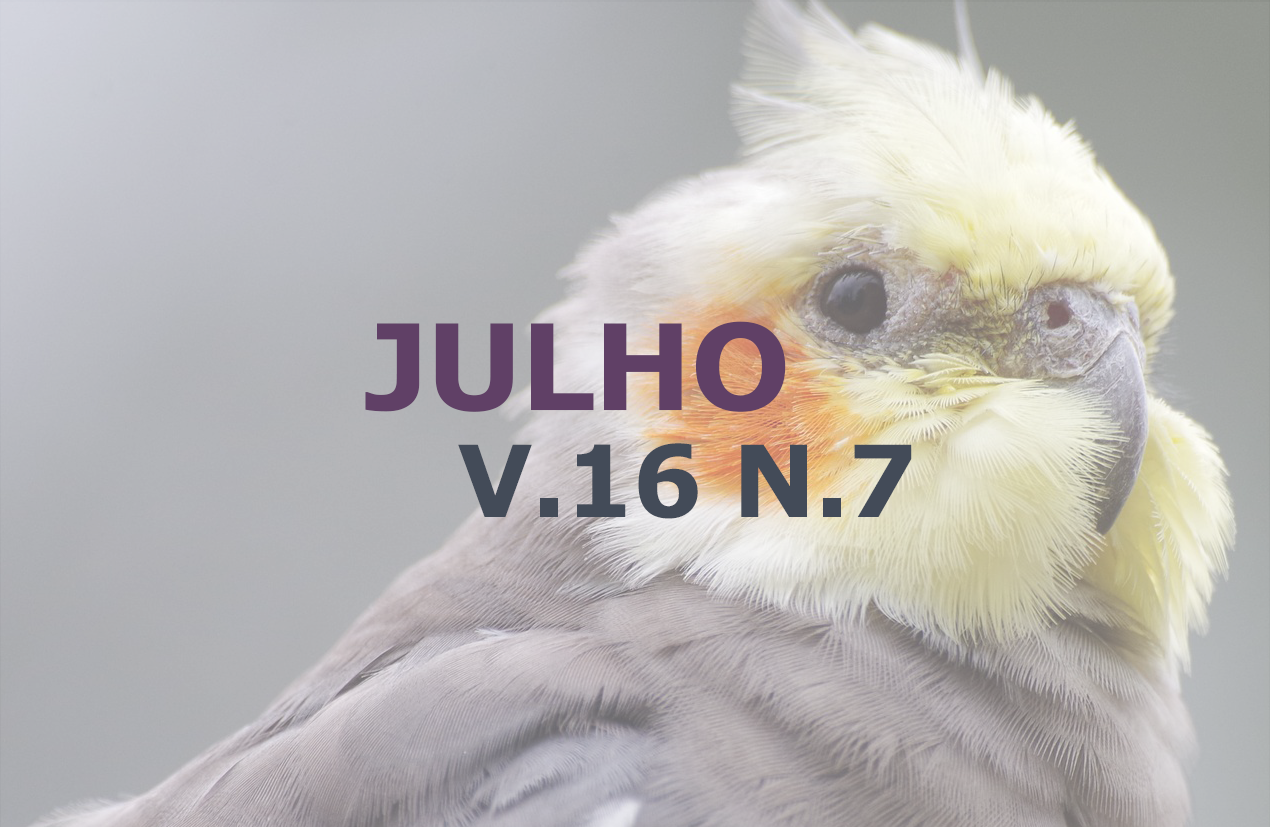Cryotherapy after keratectomy for squamous cell carcinoma in a dog: Case report
DOI:
https://doi.org/10.31533/pubvet.v16n07a1170.1-7Keywords:
Corneal squamous cell carcinoma, lamellar keratectomy, corneal neoplasm, pannusAbstract
Ocular neoplasms represent a growing part of the veterinary ophthalmic routine. Squamous cell carcinoma (SCC) is described as rare in dogs, but it has been on the increase due to different etiologies. The presence of chronic keratitis and exposure to ultraviolet radiation are some of these factors. In the present study, the objective was to report cryotherapy, a technique that was effective in the treatment of squamous cell carcinoma (SCC). A 13-year-old mixed-breed dog was seen at a veterinary center in Londrina-PR, with a neoformation in the right eye. Ophthalmic examination revealed no other changes. Direct and consensual pupillary reflexes were present and intraocular pressure was 12 mmHg. Slit lamp bio-microscopy was performed, which showed increased corneal thickness and superficial corneal vascularization with neoformation infiltrating the epithelium and small part of the stroma. On that account, the diagnosis of SCC was made which led to the decision to remove the neoplasm. Thus, a lamellar keratectomy was performed associated with the cryotherapy technique, through temporary tarsorrhaphy. The suspicion of carcinoma is based on the macroscopic morphological basis of the lesion and its location, but the definitive diagnosis is made through histopathology with microscopic examination of the injured tissue. It may be concluded that through clinical history, described etiologies and histopathological examination are essential for the diagnosis of SCC.
Downloads
Published
Issue
Section
License
Copyright (c) 2022 Vinicius Shido Nagata, Pedro Mancini, Angélica Massumi Komura Ito

This work is licensed under a Creative Commons Attribution 4.0 International License.
Você tem o direito de:
Compartilhar — copiar e redistribuir o material em qualquer suporte ou formato
Adaptar — remixar, transformar, e criar a partir do material para qualquer fim, mesmo que comercial.
O licenciante não pode revogar estes direitos desde que você respeite os termos da licença. De acordo com os termos seguintes:
Atribuição
— Você deve dar o crédito apropriado, prover um link para a licença e indicar se mudanças foram feitas. Você deve fazê-lo em qualquer circunstância razoável, mas de nenhuma maneira que sugira que o licenciante apoia você ou o seu uso. Sem restrições adicionais
— Você não pode aplicar termos jurídicos ou medidas de caráter tecnológico que restrinjam legalmente outros de fazerem algo que a licença permita.





